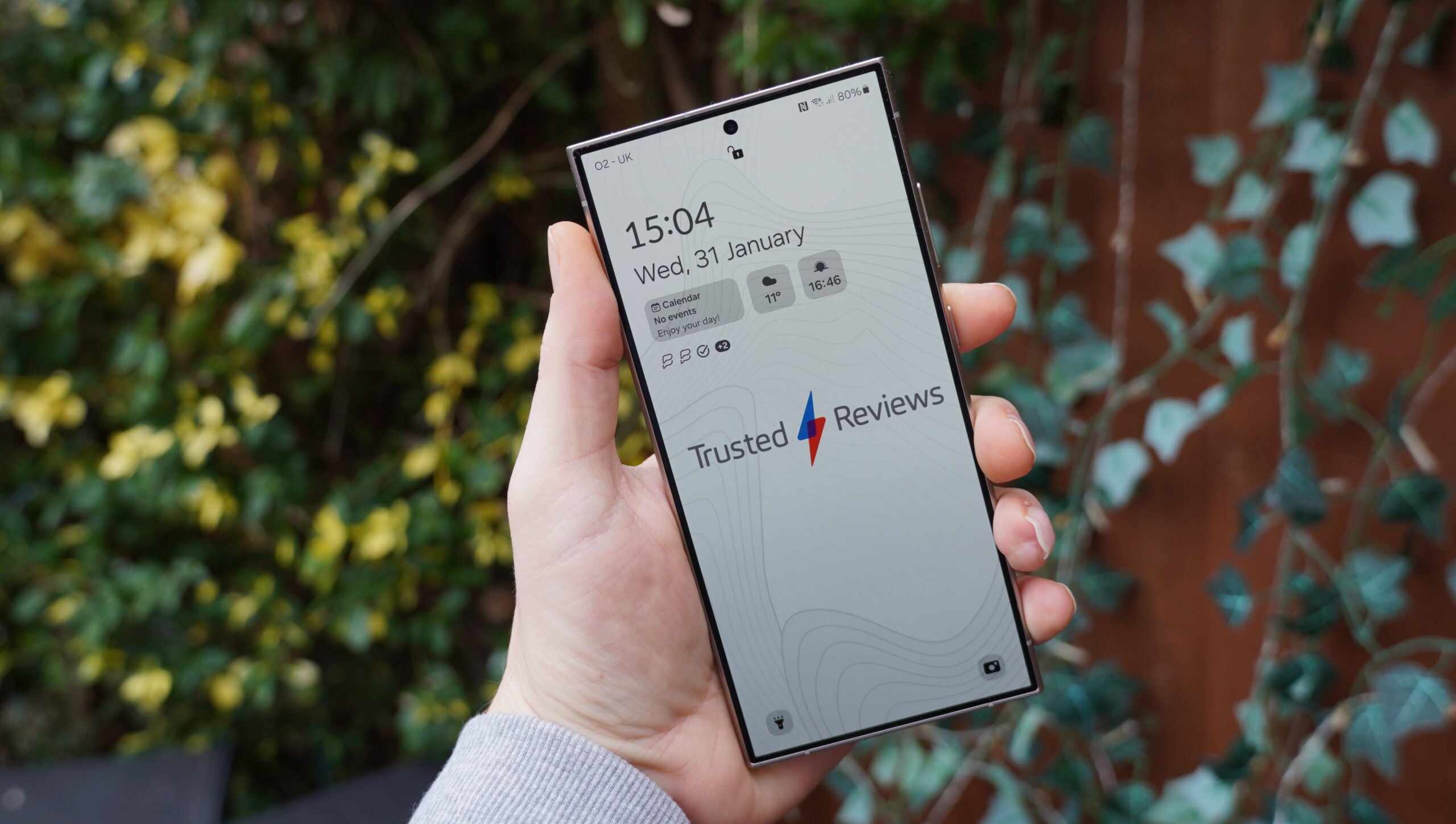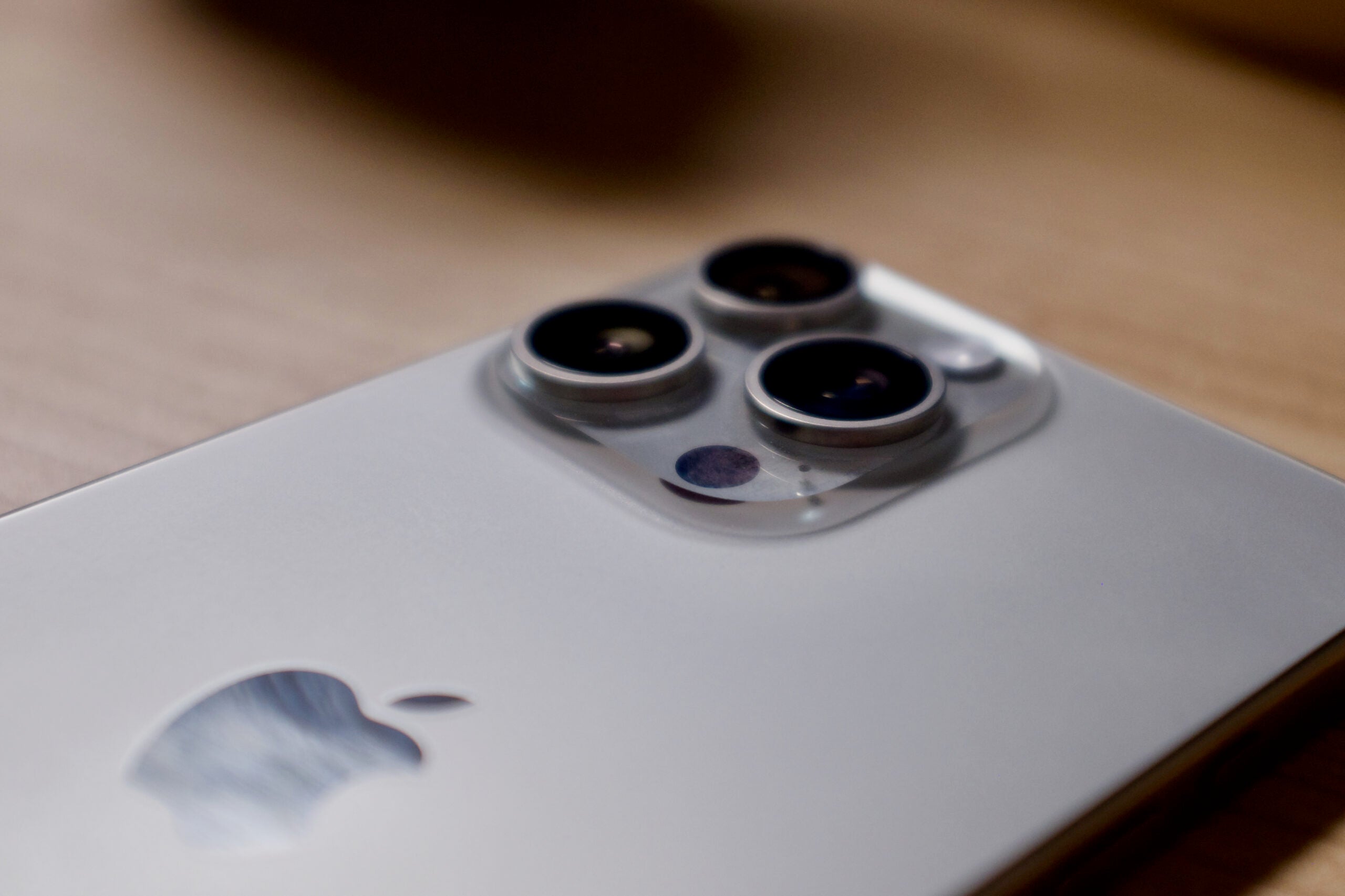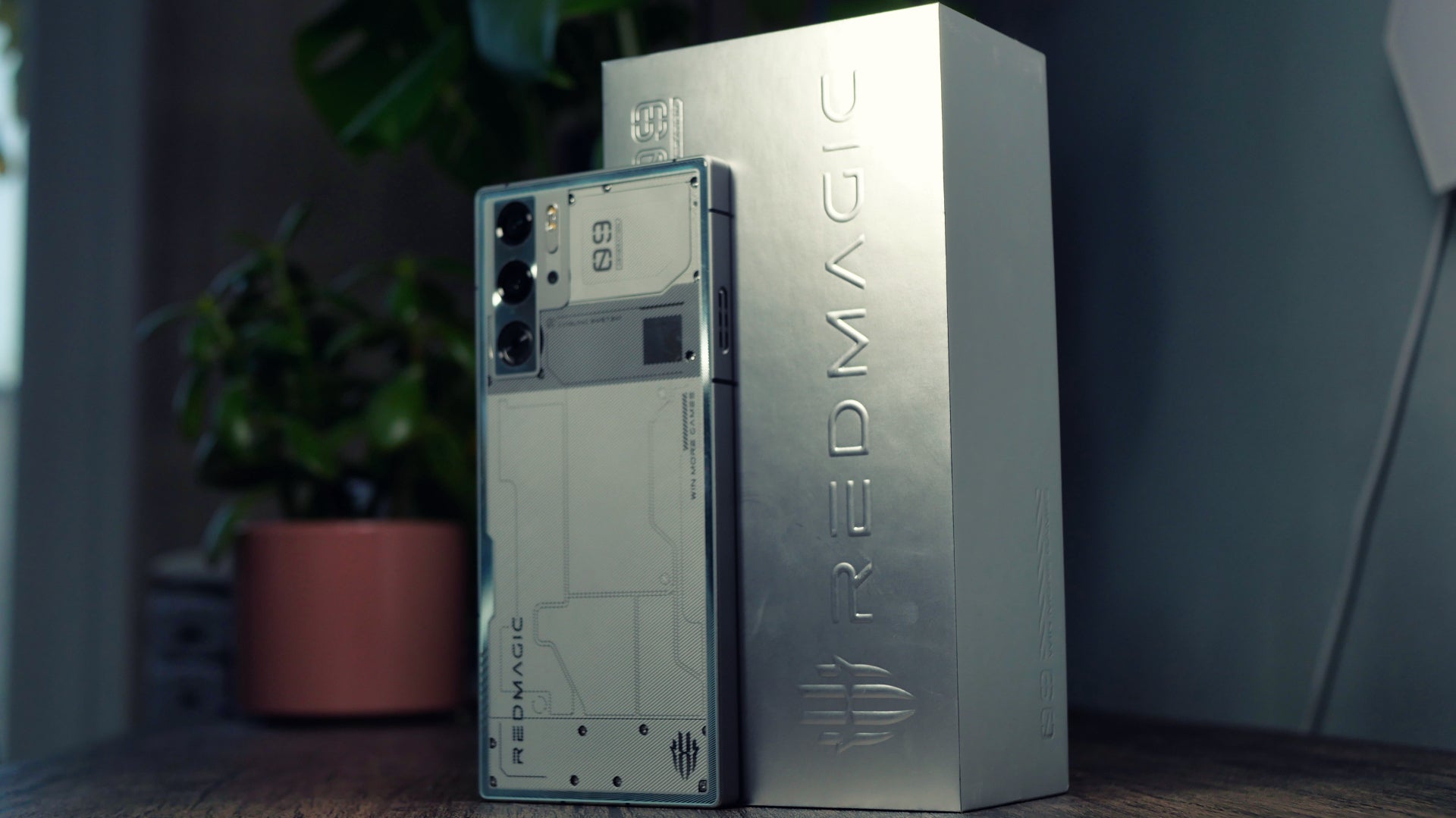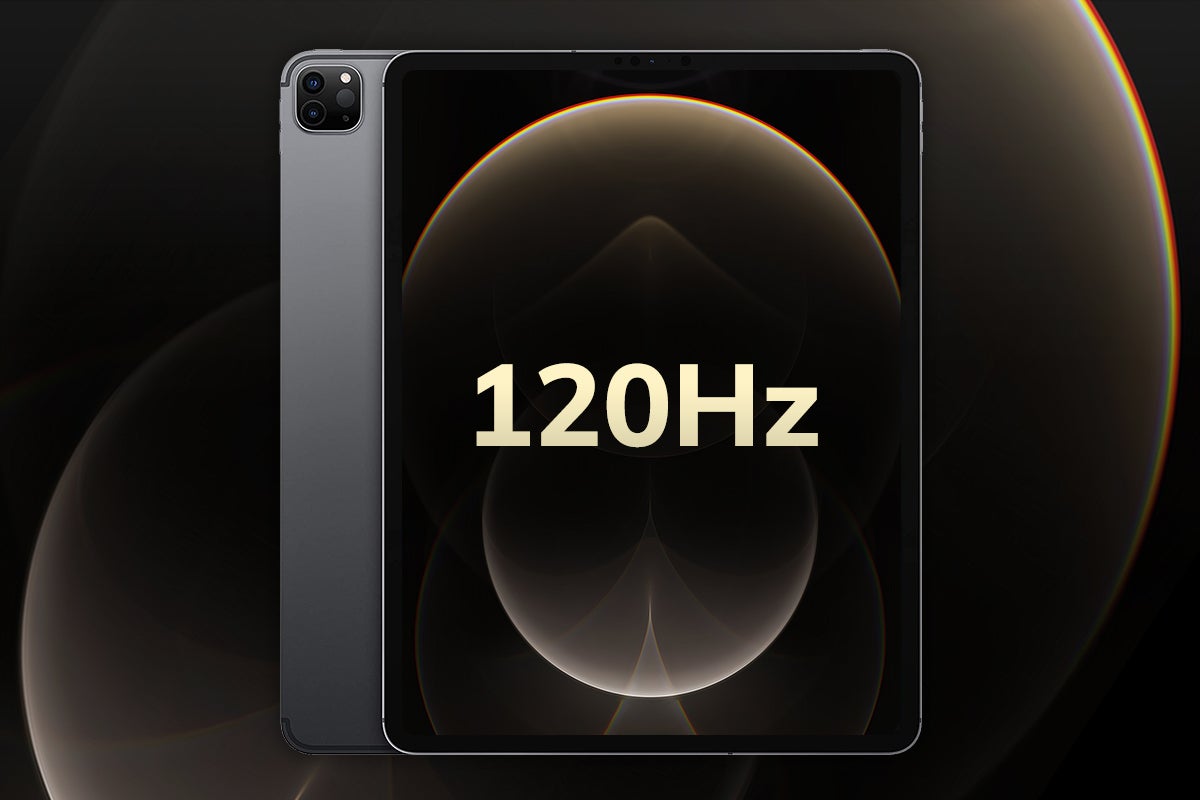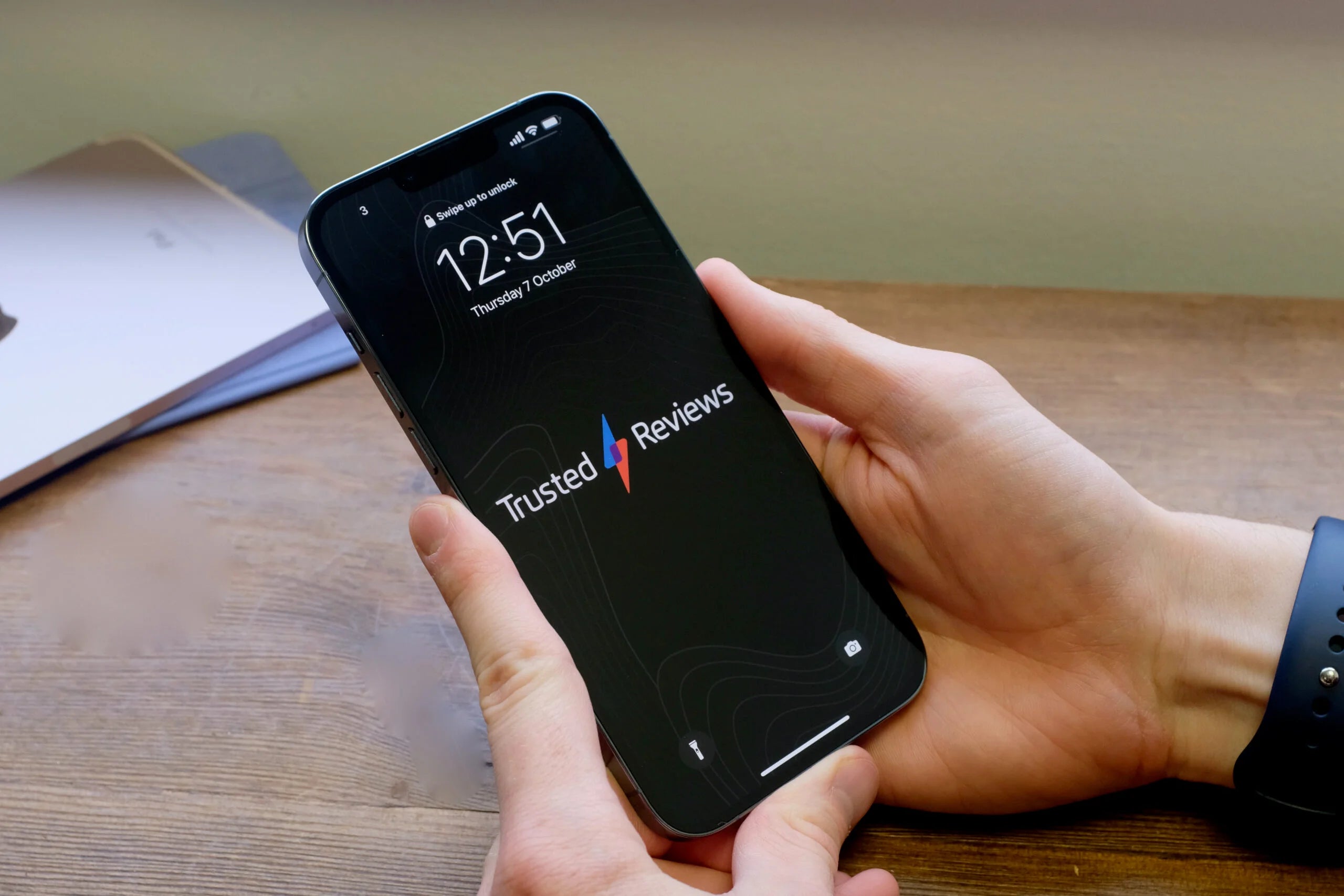What is fast charging? The speedy technology explained
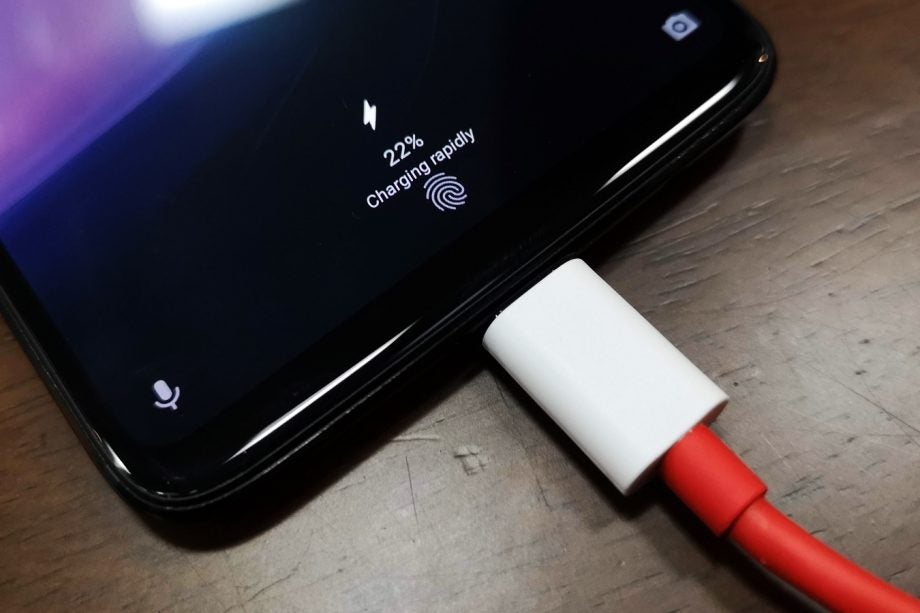
More companies than ever are throwing their hats into the fast charge market. But what exactly is this new technology, and how does it work?
If you’ve purchased a new mobile phone or laptop within the last few years, you’ve likely come across the term fast charging. Almost all of the latest releases come with battery and charging improvements, so you can spend more time on your devices without worrying that they’re going to die.
But what is fast charging? Read on to find out how the technology works and which devices support the feature.
What is fast charging?
As the name suggests, fast charging allows users to charge up their devices much faster than what was previously possible. The rise of fast charging correlates with the increased usage of devices like mobile phones and laptops and the growing need to use these devices more often throughout the day without needing to constantly plug them into an outlet.
Put simply, fast charging is the process of increasing the number of watts (W) that can be delivered to a phone’s battery. For example, all chargers that came with the iPhone 11 or before used a 5W power adaptor.
Nowadays, anyone who wants to fast charge an iPhone 12 or later will need to use a 20W power adaptor. The increased number of watts means that the device can be charged faster than ever, with some companies offering up more powerful adaptors that can go up to 100W.
It’s important to note that not every phone supports fast charging, regardless of the power adaptor you use with it. Plus, different brands of phones will have different capabilities when it comes to fast charging, as shown by Oppo’s 240W SUPERVOOC Flash Charge, which is capable of bringing a 4500mAh battery to 100% in as little as nine minutes.
How does fast charging work?
To understand how fast charging works, we need to cover a few of the basics. Wattage can be found by multiplying the current (A, or Amperes) by the voltage (V, or volts). The current can be described as the amount of electric current being moved, and the voltage is how much force drives that current.
We can break the charging process itself down into three steps. In the first stage where the phone is plugged into the fast charger, the voltage increases towards its peak. This first phase is where a lot of power is transported into the device, as the voltage will sit at a high level for some time.
After the voltage has reached this peak, it will slowly start to drop. This is the second stage and is commonplace across all charging methods as the device starts to gain back some power.
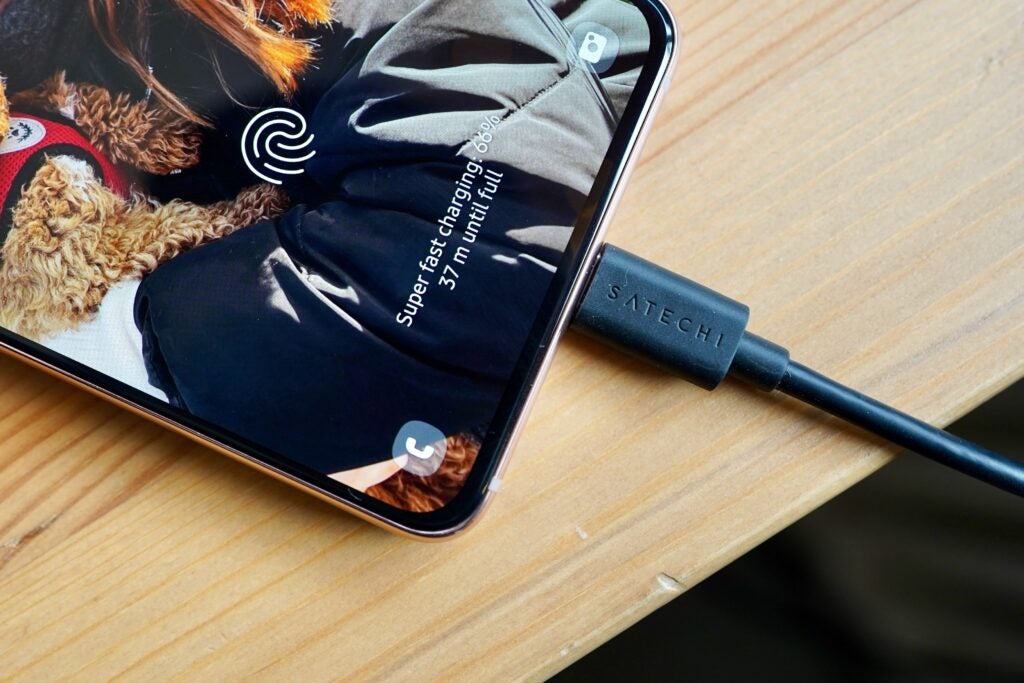
Finally, once the battery is almost fully charged, the power will either start to periodically stop and start or it will slowly drip in. This is because once the phone is charged, it does not require the same high voltage as before, but will still require some power as it naturally consumes its battery as it’s used.
The specific amount of power and how long it takes to charge up each phone will depend on the fast charging standard, as well as the brand and cable being used. This is why some phones can charge up much faster than others when paired with their respective fast charging standard.
Some fast charging standards you may have come across include Samsung Adaptive Fast Charging, OnePlus Warp Charging, USB Power Delivery as well as the aforementioned Oppo SUPERVOOC Charging.
Which mobile phones support fast charging?
Many phone brands support fast charging in some capacity, although some companies do it better than others. Since we can’t run through every mobile device that supports the technology, we have listed some of the options available from different brands below:
- iQOO 9T
- Xiaomi 12 Pro
- OnePlus 10T
- Redmi Note 10 Pro
- Samsung Galaxy S22 Ultra
- Google Pixel 7 Pro
- iPhone 14 Pro Max
As we can see, the brands that support fast charging are incredibly varied. While the standards for these phones will be different, it’s safe to say that you can find a mobile phone that supports fast charging pretty easily, and we can only assume that the technology will become even more commonplace in the future.



